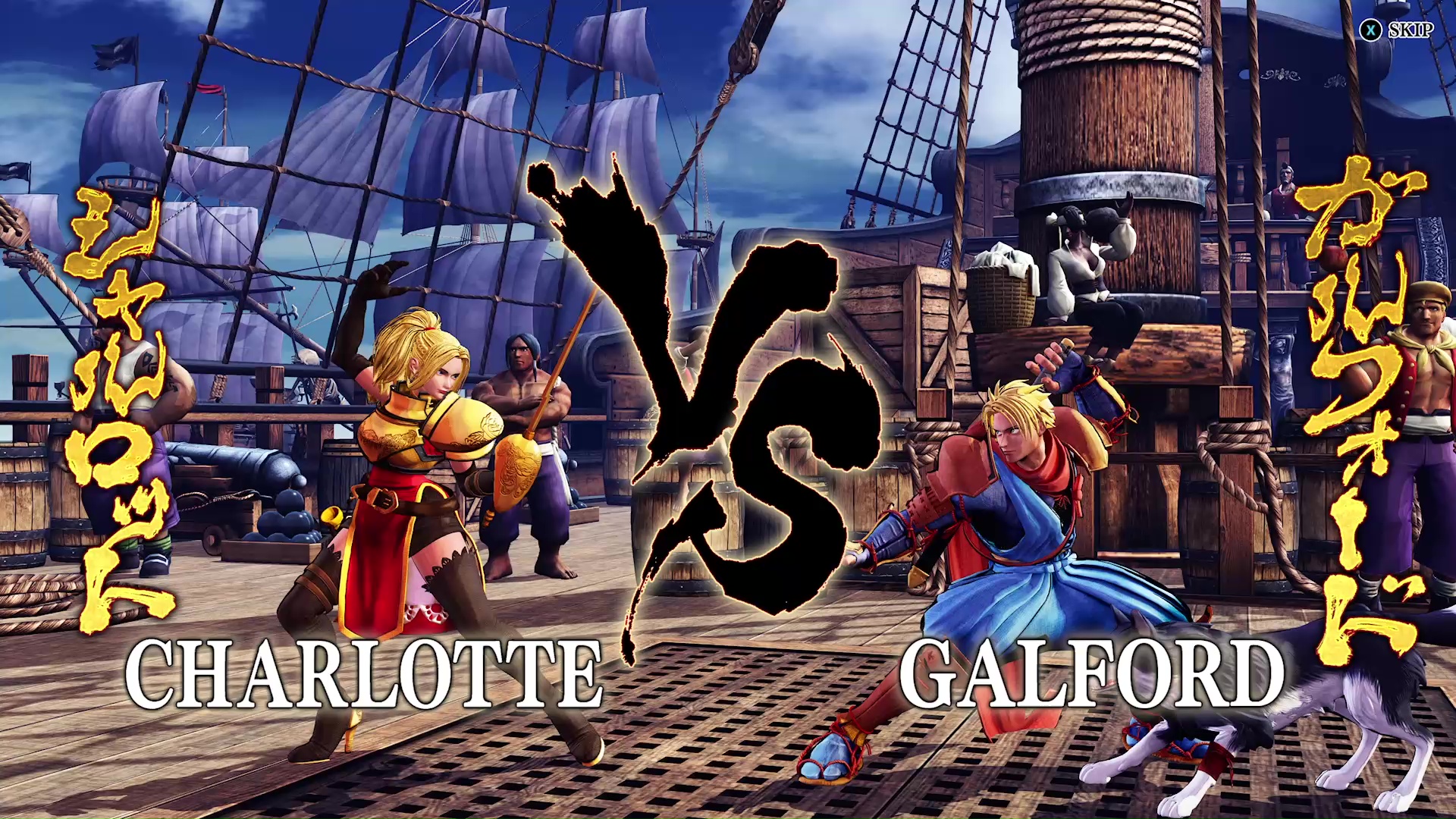Share
Way Back When
Few franchises have the resilience of The Legend of Zelda. The series has been around for nearly 40 years and remains one of gaming’s most beloved, bringing fans together entry after entry to see what main character Link, the eponymous Princess Zelda, and the mystical land of Hyrule have to offer. But one game took fans by surprise back in 2003 when it launched with brightly-colored cel-shaded visuals and featured an unusually cheery tone, initially prompting a lot of blowback.
That game, of course, is the one and only Wind Waker, an entry that didn’t seem to mind shedding the series’ dark fantasy storytelling and setting in favor of something much more vibrant and playful. It wasn’t without its sinister baddies and occasional darker twist, but so much color and child-friendly appeal definitely wasn’t what fans were expecting after the more foreboding locations of Ocarina of Time or Majora’s Mask. But it turned out that its visuals would go on to win over the hearts of millions, while something else entirely managed to be the game’s most divisive aspect.
Indeed, those who played Wind Waker either loved it or hated it, but there was no getting around the fact that you had to sail – a lot. It was a completely new method of transportation for a series that had, until then, only featured a horse for traversal in the previous two releases. Gamers were tasked with befriending and sailing a sentient boat for hours on end as they searched for islands to explore, treasure to uncover, and sea skirmishes to undertake, and though it sounded fun on paper, many justifiably found that it slowed the pacing to a crawl.
Despite its polarizing features, however, Wind Waker went on to sell a total of 4.6 million copies, which was quite good, though far below Ocarina of Time‘s 7.6 million. And even if it didn’t land as well with fans at release, reception has increased substantially in the years since, and it is now widely considered among the best of Link’s many expeditions.
As a matter of fact, our very own Josh Nichols considers it the most unique and exciting game in the entire series, saying:
Wind Waker has always been cast aside or minimized because it was different – but that’s what makes it so special. Link harnesses the power of the wind and sails across the sea. He joins up with a group of pirates. He has a talking boat. The graphics are cartoony. But it’s got classic Zelda gameplay and dungeons with its own flavor present all throughout the experience. But its what it doesn’t have in common with the N64 titles that help it to remain weird and special to this day.
It isn’t the best Zelda title but it’s my personal favorite. And it’s even got snot-nose kid.
Josh Nichols
Whether its cel-shaded graphics and exploratory sailing makes for a good time is entirely up to your preferences, but it goes without saying that any Zelda game is, at the very least, worth a look – and this one is no different. But while there’s plenty to love about Wind Waker, that hilarious snot-nosed kid (his real name is Zill) might really be the greatest part of the game.
Where To Play It Now
So this is a difficult one because the original version of Wind Waker is not currently available to play on any modern hardware. Instead, Nintendo released an HD remaster of the game for the Wii U, which brought the game up to 1080p resolution while enhancing the already gorgeous cel-shaded visuals. Where it gets tricky for purists, however, will be that the remaster makes a ton of quality of life changes that certainly improve the game but alters the game just enough to make it debatable whether it’s truly an authentic retro experience. As it stands, though, it’s the only way you’re getting your hands on the game outside of the original GameCube version.
Here’s the modern platforms on which you can access The Legend of Zelda: Wind Waker:
- Wii U
Wind Waker may be a bit of an unusual entry in the Zelda franchise, but it’s one that has aged gracefully and offers enough interesting mechanics and compelling, light-hearted adventuring to make it stand out among its more serious-minded and darker console cousins. Once you wrap it up, check into its Nintendo DS sequels, Phantom Hourglass and Spirit Tracks to see how this version of Link turned out some time after his first journey.



